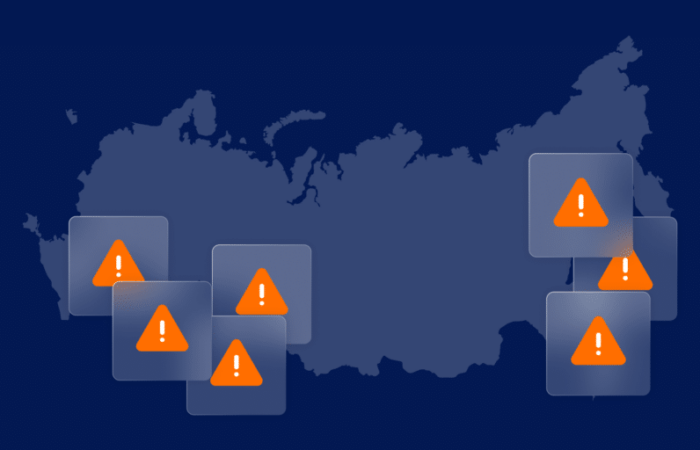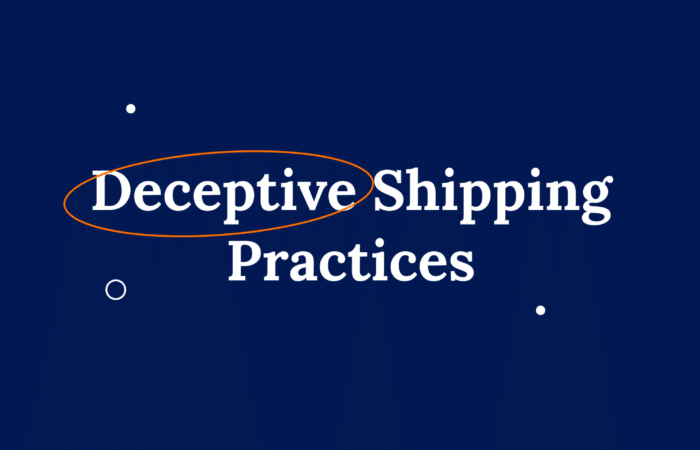What’s inside?
New, live, interactive map shows that despite COVID-19, trade keeps flowing
As the coronavirus pandemic unfolds before our eyes, people and organizations around the world are stepping up to do their bit to halt its relentless spread – or at least make mitigation measures less intolerable. Car manufacturers are looking at adapting production lines to make medical supplies. Research labs are racing to create a vaccine. Musicians are streaming free concerts over social media.
At Windward, we’re in the maritime intelligence business, but we recognize that we too have a responsibility to do what we can. With that in mind, we’ve decided to provide open access to our insights via a new, live and interactive map:
This new, publicly-accessible tool gives users aggregated information on global maritime journeys, including types of ships, their origins and – critical in terms of the virus incubation period – time spent at sea. Many countries as a precaution require vessels to spend at least 14 days at sea before coming into port or otherwise be quarantined and lose significant revenue. So we’re allowing users to slice and dice the data accordingly. For example, selecting Australia and ships that have been at sea for 14 days or more, I can see there are 23 inbound tankers, most of which are from China.

Striking the right balance
The aim of sharing these data and insights is twofold. The first is to provide a greater understanding of global trade flows. Using this information, researchers, ports, governments, and health officials will be better able to strike that delicate balance between protecting public health and maintaining global economic stability. This could include enabling shipping companies to better handle the 100,000 crew changes that in normal times should be taking place each month and which are being hampered by the coronavirus pandemic; helping ports minimize disruptions to supply chains when faced with floating quarantines; and allowing for improved collaboration and coordination between industry and the authorities. We made sure the map is embeddable. So whoever you are and whatever you do, you can help spread the word and share it on your website.
The second objective at play here is reassurance. We want everyone to be fully aware that even in the face of COVID-19, the global shipping industry is still able to fulfil its critical role in ensuring trade and critical supplies continue to flow.
Industry needs to take the lead
At the same time, industry needs to take the lead. As the U.S.’s former Middle East envoy, Jason Greenblatt, said during our March 24 webinar, on Protecting Maritime Borders from COVID-19: “We can’t wait for big international organisations to deal with this.” In the same discussion, Guy Platten, Secretary-General of the International Chamber of Shipping, mentioned seeing unprecedented levels of collaboration to create a clear standard for limitations on crew replacement, port call policies and so forth. Until that happens, all stakeholders in the maritime industry need to quickly become data driven and assess the situation on a daily basis. Yes, we need to protect countries from ship crews. But, perhaps even more pressing, is the need to protect seafarers (who can be isolated for weeks) from people working at ports.
Trade will drop – perhaps, as BIMCO’s Peter Sand wrote, even more so than in the wake of the 2008 financial crisis. But this will be down to a recession-induced reduction in demand, not the shipping industry’s ability to keep trade flowing. There is no need to panic buy. Even if that’s your contribution to the fight against coronavirus, it’s still a worthy one for individuals. For those of us in the maritime ecosystem, we must continue to take proactive steps, to ensure we stay ahead of COVID-19 and its impacts, and always remember that the ship must go on.
If you are a business leader from the maritime and trade space and want to partner with us to take a stand, please do reach out to me at [email protected].




